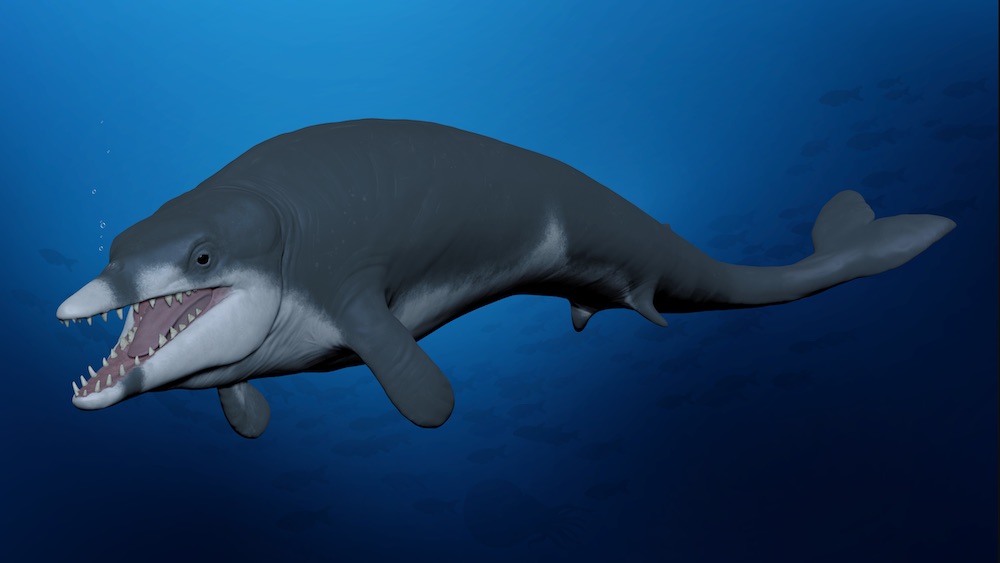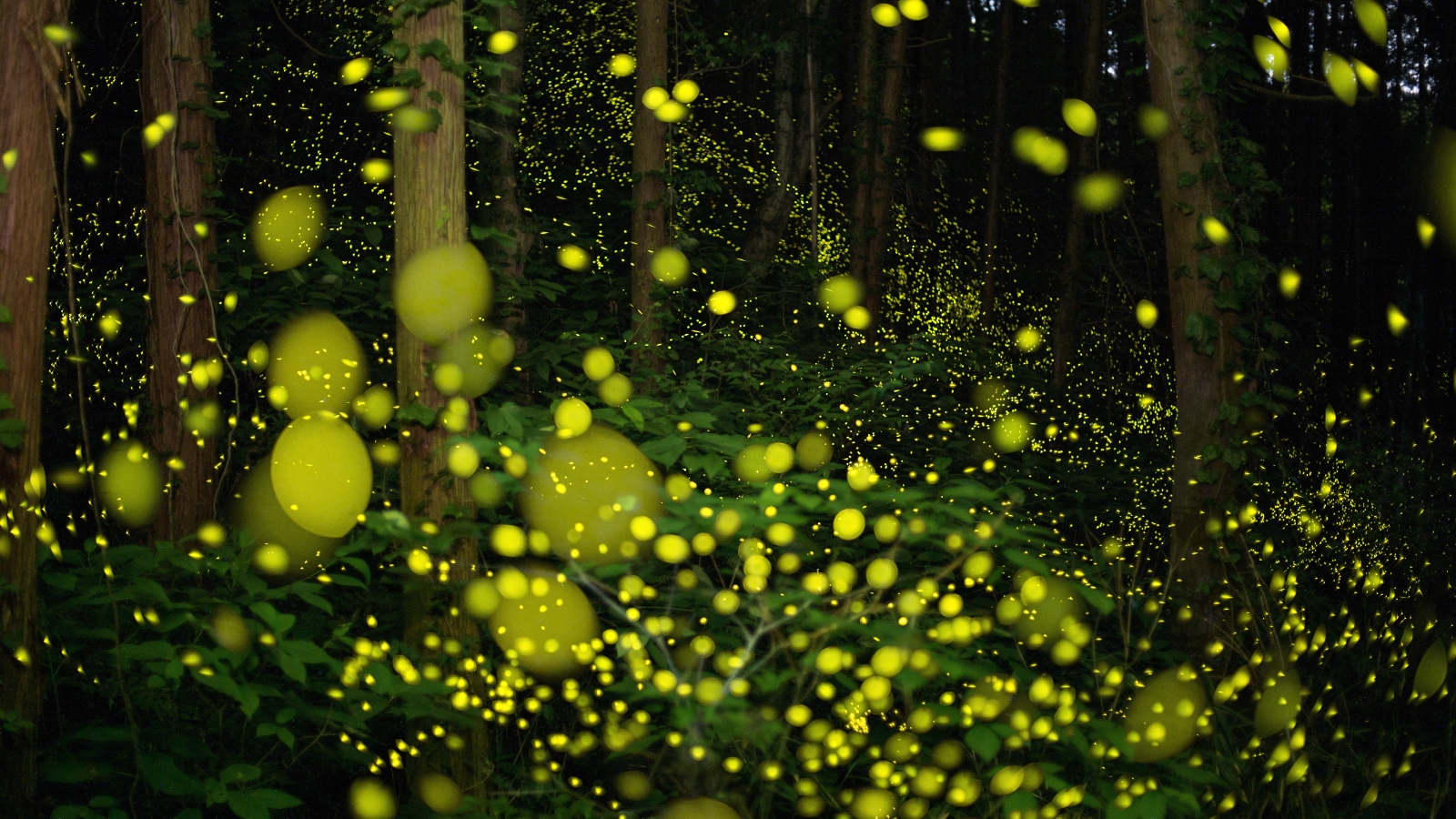Tiny 'King Tut' whale 'lived fast and died fast' in ancient Egyptian waters
Paleontologists in Egypt have described a new species of extinct whale that was dwarfed by other basilosaurids.

A pint-size whale that lived 41 million years ago in what is now Egypt was the smallest of its kind and died young, leading researchers to name it after the ancient Egyptian pharaoh Tutankhamun, who died at age 18.
Called Tutcetus rayanensis, the newly described species of basilosaurid, an extinct family of fully aquatic cetaceans, was the smallest known basilosaurid whale ever to exist, according to a study published Thursday (Aug. 10) in the journal Communications Biology. The ancient whale measured approximately 8 feet (2.5 meters) long and weighed about 412 pounds (187 kilograms) — about the size of a modern-day adult tiger (Panthera tigris).
While larger than humans, T. rayanensis was downright "miniature" when measured alongside other basilosaurids, which ranged from 13 to 59 feet long (4 to 18 m), according to a statement.
Paleontologists discovered the whale's fossilized remains five years ago in the Fayum Depression, a desert basin near the Nile River in Egypt. After analyzing the extinct marine mammal's preserved skull, jaw, teeth and fragments of vertebrae, they determined that because the bones within its skull and vertebrae had already fused and its adult teeth were still emerging, it was nearing adulthood when it died, according to the study.
The researchers couldn't help but notice the similarities between T. rayanensis' early death and the boy pharaoh who died in 1323 B.C.
Related: This colossal extinct whale was the heaviest animal to ever live
"King Tut died young as well," study co-author Hesham Sallam, a paleontologist at the Institute of Global Health and Human Ecology at The American University in Cairo, told Live Science.
Get the world’s most fascinating discoveries delivered straight to your inbox.
The animal's well-preserved sharp teeth not only provided insight into its age at death but also hinted at what the whale may have eaten in the prehistoric Tethys Ocean.
"We were lucky to have a complete set of T. rayanensis' lower teeth and discovered that it was almost-mature but still subadult," study co-author Abdullah Gohar, a doctoral candidate in the Department of Zoology at Mansoura University in Egypt, told Live Science. "Its teeth had very smooth enamel, which is an indication of very soft feeding mainly on fish, squids, octopus and other not-fast-moving prey."
Because its permanent molars emerged before its permanent premolars — a common occurrence in mammals with shorter life cycles — the researchers deduced that the miniature whale may have reached sexual maturity at an earlier age but also died earlier than other basilosaurids, according to the statement.
"T. rayanensis lived fast and died fast," Gohar told Live Science. "This could also be an adaptation to climate change."
If that's the case, the whale's small stature and short life cycle could be a response to the Lutetian Thermal Maximum, a warming event that occurred about 42 million years ago and saw animals shrink, according to the study.
Jennifer Nalewicki is former Live Science staff writer and Salt Lake City-based journalist whose work has been featured in The New York Times, Smithsonian Magazine, Scientific American, Popular Mechanics and more. She covers several science topics from planet Earth to paleontology and archaeology to health and culture. Prior to freelancing, Jennifer held an Editor role at Time Inc. Jennifer has a bachelor's degree in Journalism from The University of Texas at Austin.


